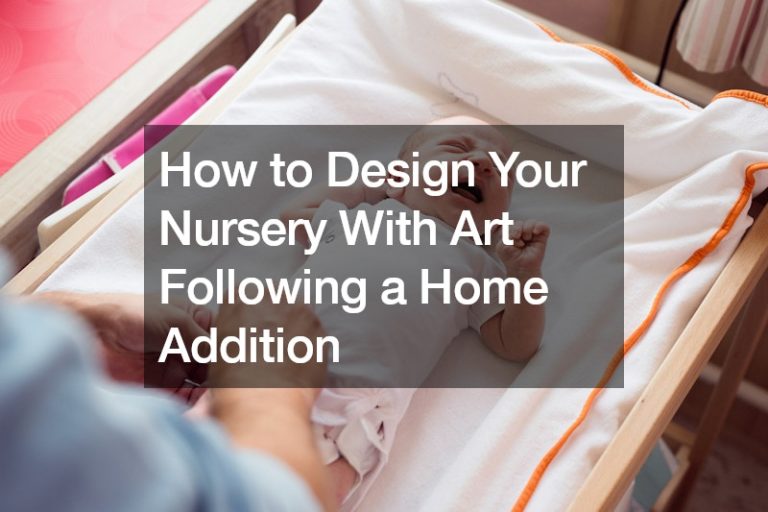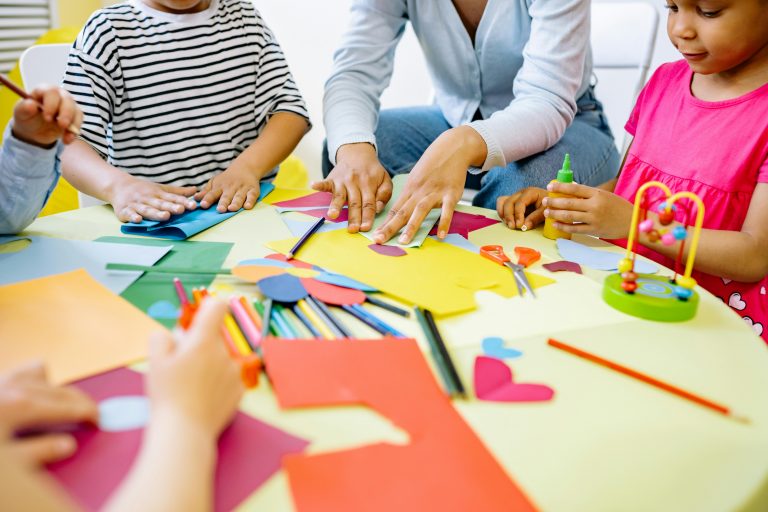Whether you’ve been a parent for a while now or you’re anticipating your first baby, you know you want to be the best for your mini-me. While your baby is practically a small human being, you have to make major adjustments to your home to cater to its vast amount of needs. Doing that is more than just allotting pantry and fridge space for their milk, food, and clothes but also making space for playtime and learning.
A new baby also entails frequently getting up at the wee hours of the night to interpret their cry and attempt to give them what they mean they need. Making sure they don’t fall and incur any head trauma from their infant to toddler years is one more thing you have to be keen on. You also don’t want to stub a toe to a wall edge while jogging to the baby’s room late at night either, right? Here are ways you can transform your home to make the next years a manageable and pleasant experience for all of you:
Make More Room
First things first, you have to get rid of clutter. If you think you don’t have much to get rid of, think again. Look into cabinets or closets whose contents haven’t been checked for ages. See the things crammed in there that do not serve you anymore, like party favors. Check those things you used to collect that you can donate or sell and see how much space you free up for things that serve your current needs. Transferring things into these freed-up cabinets can mean freeing up an entire room, which you can then convert into a nursery.

No matter how small you think your house is to fit in one more person, there’s a way you can make more room. Equip it with a well-fitting crib, which you can either shop online or build yourself. Include a baby’s dresser, containers for supplies, baby monitors, and smart lights, if you will. You can get more imaginative and redo to a more fitting interior design for your baby-rearing lifestyle. Let’s say you convert an extra dresser into the baby’s changing station by simply adding a changing mat on the surface. You can also stuff the drawers with diapers, towelettes, and other toiletries.
Keep Baby Essentials Within Reach
Taking care of a newborn opens you to a whole new level of multitasking. Therefore, it only makes sense to place easy-open cabinet doors, drawers with ergonomic pulls, baby essentials, and food within arms reach. For instance, you can carry them on one arm and reach for the milk bottle with the other. Depending on what you prefer, you can use container sets or baskets to store baby stuff, which is more easily accessible and portable. This way, you lessen the hassle of finding what you need.
Baby-proof the Room
Your baby will soon crawl or walk in less than a year, and you don’t want to spoil that milestone by not baby-proofing their surroundings or the areas in the house they frequent most. In his baby room and everywhere the baby roams during their waking hours, install shock-absorbing mats on the floor up to the corners that reach the baby’s height. Remember to screw furniture like drawers and bookshelves to the wall. Add baby gates in passages so that the child gets to move around with fewer constraints, making your supervision from a distance sufficient.
Aside from keeping the baby’s room close to yours, if they stay in a separate one, you can also have an adequately sized bassinet in the master bedroom. You can use this when you need to monitor the baby at night in their first several months at home. Space-saving ones can include compartments for your swaddles and other cleaning supplies for nappy changes by the bed. You can also use those you can conveniently rock without having to get up to lull the child back to sleep.
Preparing the child’s essentials, giving ample time to think of what best suits everyone’s preferences, and your house’s layout as early as possible will do you more good in the long haul. You don’t want to panic-buy and install the wrong items that will prove inconvenient and unmanageable for all of you later on. One more thing worth noting is not overbuying toys early on. Instead, give time for the baby to discover their interests, then base your future purchases on these. This way, you know you focus on their needs and wants.




